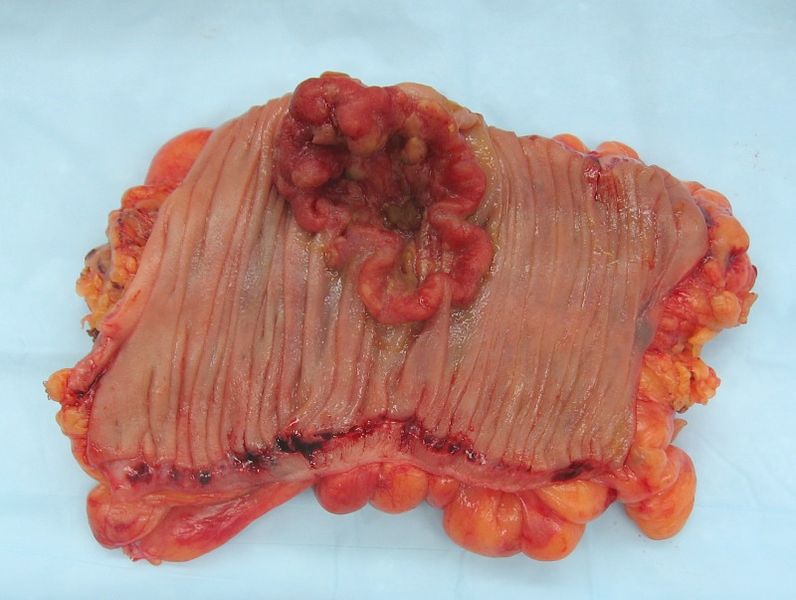Fresh insights into the development of cancers has been revealed by a new study.
The story starts more than 100 years ago, when biologists looking at cancer cells down the  microscope noticed that the chromosomes - the long strings of DNA - in cancer cells were unusual, with cells often having the wrong number of them. Healthy human cells have 23 pairs of chromosomes, but cancer cells may be missing one of some pairs - a phenomenon known as aneuploidy - and have extra chromosomes in other pairs. There can also be smaller-scale faults, such as large chunks of chromosomes being copied or missing.
microscope noticed that the chromosomes - the long strings of DNA - in cancer cells were unusual, with cells often having the wrong number of them. Healthy human cells have 23 pairs of chromosomes, but cancer cells may be missing one of some pairs - a phenomenon known as aneuploidy - and have extra chromosomes in other pairs. There can also be smaller-scale faults, such as large chunks of chromosomes being copied or missing.
But it's not been clear whether this is just an effect of all the other things that are going wrong in cancer cells, or whether it's a key driver of the disease. And until now, most cancer genetics researchers have been focusing on smaller faults in genes, known as mutations, rather than such big changes. But there's growing evidence that there may be some kind of pattern to the chromosome changes in cancer cells, and understanding them could be the key to developing more effective strategies for targeting the disease.
Rather than doing experiments on cancer cells in the lab, the Harvard team have used mathematical analysis to look at the chromosome changes in the DNA sequences from more than 8,000 cancer samples stored in three gene databases. In particular, they were looking at genes that drive cancer cell growth - known as oncogenes - which are often overactive in cancer, and tumour suppressors, which act as the cell's "brakes", which are often missing or faulty.
Publishing in Cell, they found that regions of chromosomes harbouring many tumour suppressors were more likely to be missing, while areas packed with oncogenes tended to be copied. And regions containing particularly potent oncogenes or tumour suppressors were more likely to be copied or missing, respectively. This suggests that these chromosome problems are a key driver of cancer, rather than just a consequence.
The study also questions the classic "two hit" hypothesis of cancer development, which says that you need to have faults in each of the two copies of a cancer gene in the cell to promote tumour growth. But the team's results suggest that adding up the effects of losing several tumour suppressors in a row from just one chromosome, or copying several oncogenes, can be big.
For now, this idea is still theoretical, as the researchers need to go on and do experiments with cancer cells in the lab to prove their findings are correct, adding or removing crucial regions of chromosomes and seeing if they drive cancer. And it's not clear how this new mechanism fits in with other things that we know are important in driving cancer, such as faults in individual genes, or changes in their activity levels. But, for now, it's certainly a fascinating new idea to be explored.










Comments
Add a comment